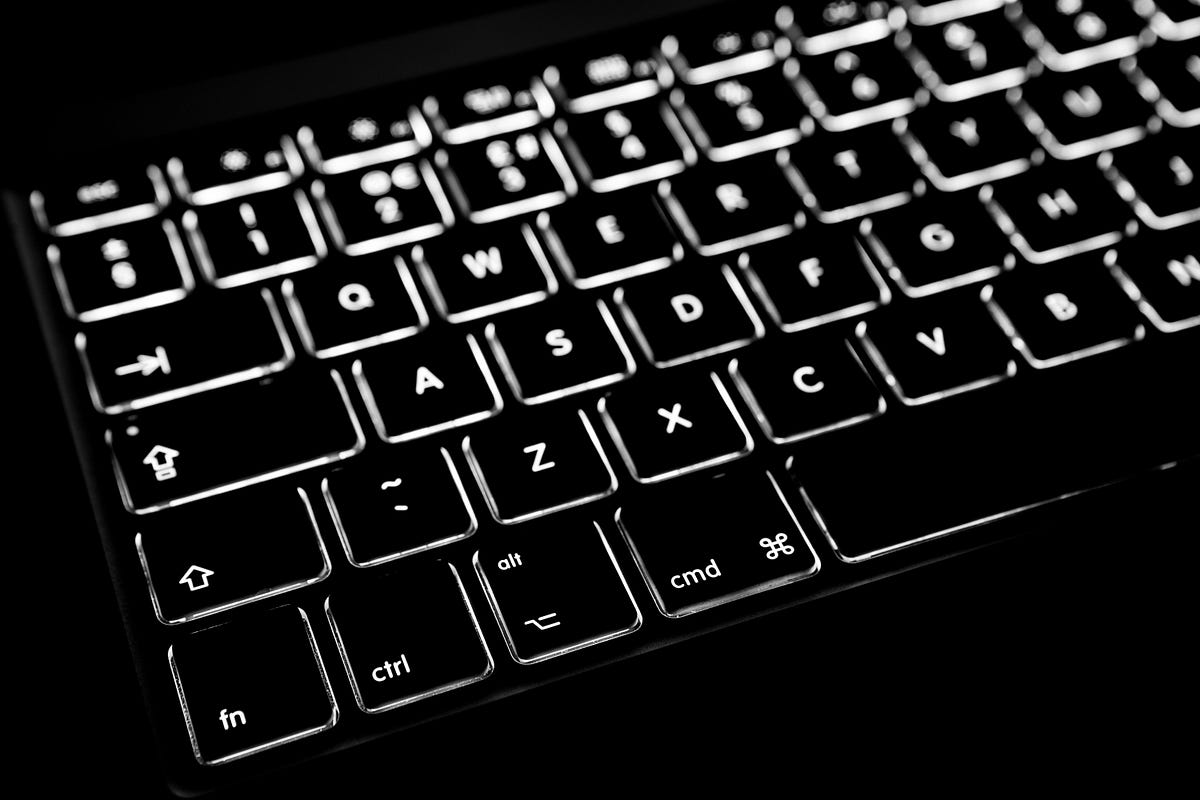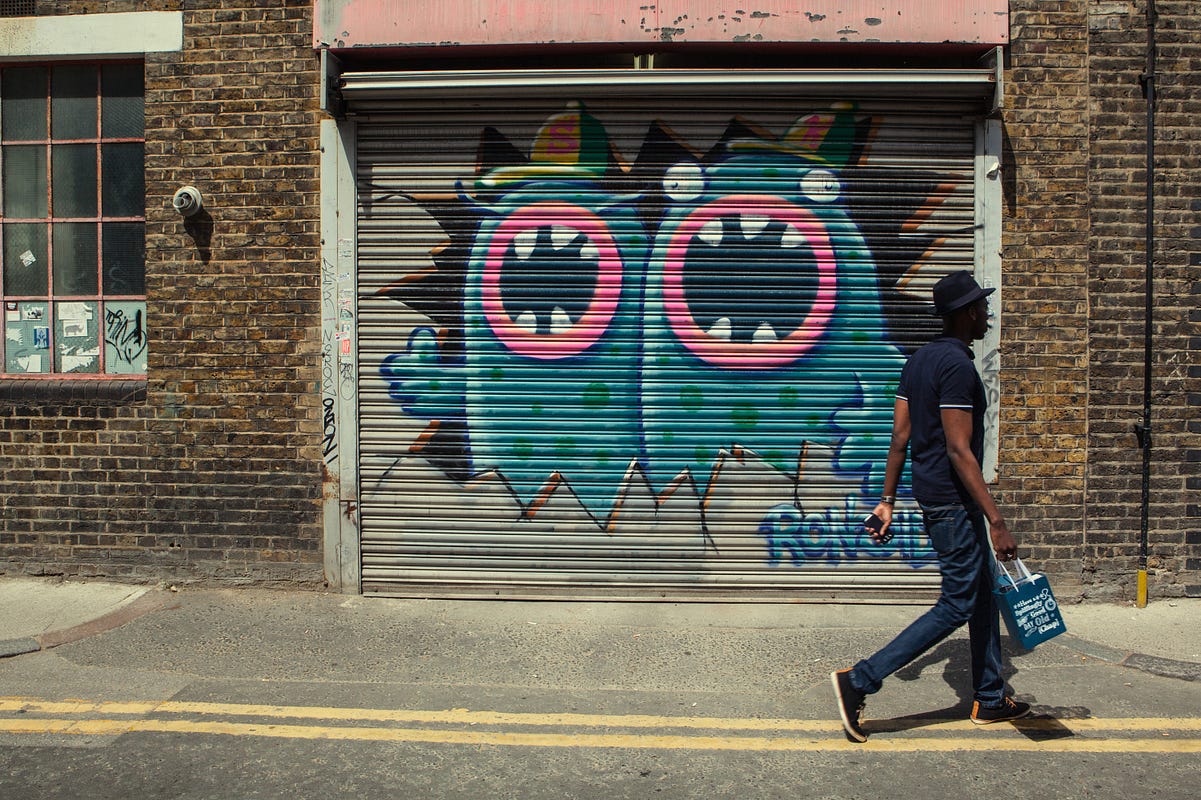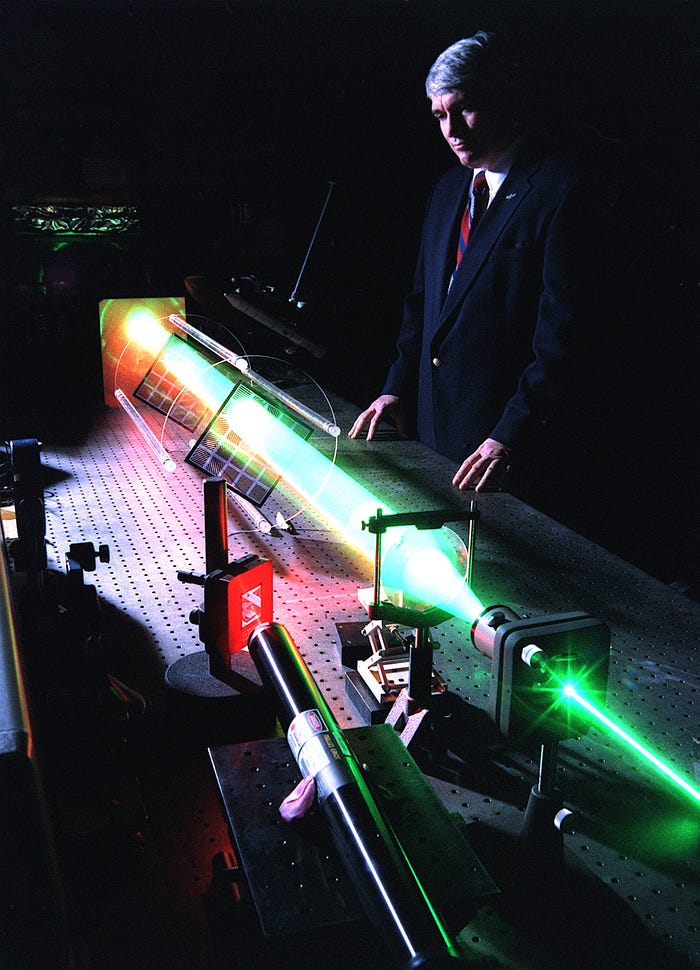The love-hate relationship between designers and engineers has been the base on which majority of organisations are based on. Usually the dev and design teams work independently — a phenomenon which, thankfully, is changing very rapidly now. Disparate teams and large team sizes is a major reason for the mismatch between good design and good development.
If you can’t feed a team with two pizzas, it’s too big — Jeff Bezos
Team size is one factor — most definitely. But the teams also need to be on the same page on various other factors:
- the purpose of the project
- the philosophy of the project owner/ organisation / project lead / ceo / product manager
- the user — his/her profile & demographic
- the expected output for the user
- the expected user experience in getting that output
- the time taken for the user to reach his desired output
- the timelines
It is the role of the product manager to make sure that the team is on the same page and to make this happen, he/she needs to know 3 languages
- The developers language:

Every developer or engineer has his own specialisation, and rightly so. It is this deep dive into one specific aspect that makes the developer a master at his craft. And it is this mastery that the product needs. There is always something new coming up — a new way to code, a new language, new architecture. And its always fun to try new stuff out! However this deep dive sometimes leads to a tunnel vision, where sight of the main purpose of the project or the product can be lost. In this case, just like you align the wheels of the car periodically, you need to need make sure that the development team or engineering team is aligned with the ultimate goal ever-so-often. Once this delicate balance can be achieved, the car runs smoothly.
- The designers language:
Designers have their own language, and several dialects in it as well! Sometimes you need to not talk at all! Unlike popular opinion that development and design are two opposite poles, I honestly know that they are in fact the 2 sides of the same coin. Each oblivious to the other, but made of the same underlying element.
Anybody who has written his own software code knows that its more of an art than a language. And any body who has created their own art knows that they are actually communicating, but only in a different language.
Designing has a process to it. It begins with keeping a vision of the expected output and then creating a structure of how the user can reach that output in the best and easiest and quickest way possible. When I say ‘design’, it can be anything from actually interviewing the stakeholders, the users, laying out a high level wireframe, making a usability flow etc. I consider all of this as part of the designing process.
I personally think that designers need to have very strong opinions and ideologies. Strong opinions lead to a strong and concise design architecture. If designers are not sure of what they want, or don’t have strong beliefs in their own abilities — it shows in the actual design as well. The flip side to this is — sometimes their opinions will be strong, so will their support for thei design. It will be really good, but for some other requirement and not for your project! In this case getting the designer on the correct track will be an upward journey. (I speak from experience)
No matter how good the design in terms of visuals and execution— it needs to be in line with the purpose of the project and the product. In cases where this fails to happen, the product manager and the designers need to re-calibrate. But this is all part of the product journey.
Strong, honest discussions and heated arguments indicate passion and passion is essential for the design to be good. If this is happening, everyone is on the right path.
- The stakeholders language:
(Photo credit: https://nos.twnsnd.co/)
Finally, the project stakeholder. It can be the ceo, the investors, the project managers, clients or end users. Each one has his own agenda behind building the product. For most stakeholders the product is a black hole — money in, more money out. Explaining “design philosophy” or “writing good fluent, commented code” or using “modular designs” is not on top of their agenda. The language that a product manager needs to be speak here is different. The following points need to be emphasised with regard to any product upgrade or feature or an entirely new product altogether:
- how will this add to increase in users?
- how will this add to the top line?
- how will this affect costs?
- has this been done before — why / why not?
- what are the execution timelines?
- what are the risks?
Address these and the communication is on the same level.
The main focus however is to get the design and engineering together in any project execution. Once these 2 amazing elements work together — magic happens!
(Photo credit: https://unsplash.com/)
Connect with me on twitter: @shwaytaj
If you liked the article please share or recommend it.
Original post: https://medium.com/@shwaytaj/when-design-and-engineering-meet-magic-happens-b382dea58de8







